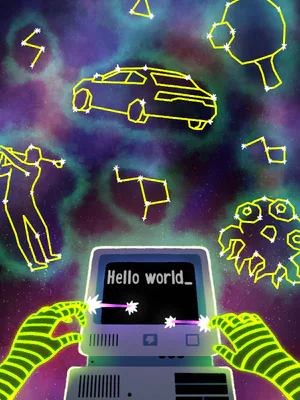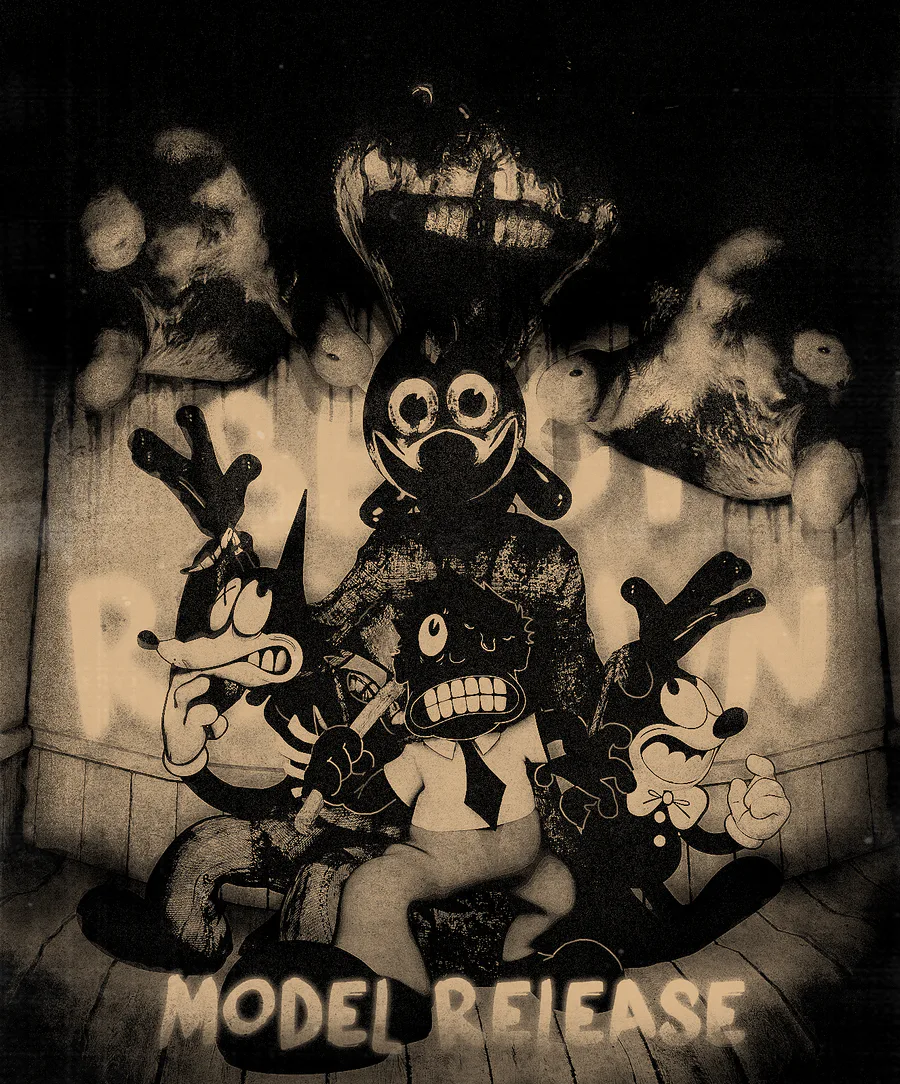Polydactyly or polydactylism (from Greek πολύς (polys) 'many' and δάκτυλος (daktylos) 'finger'),[1] also known as hyperdactyly, is an anomaly in humans and non-human animals resulting in supernumerary fingers and/or toes.[2] Polydactyly is the opposite of oligodactyly (fewer fingers or toes).
Context
[edit]
As of 1977, the incidence of congenital deformities in newborns[where?] was approximately 2%, and 10% of these deformities involve the upper extremity.[3][4]
In 1961, Frantz and O’Rahilly proposed that congenital anomalies of the limb could be classified in seven categories, based on the embryonic failure causing the clinical presentation. These categories are failure of formation of parts, failure of differentiation, duplication, overgrowth, undergrowth, congenital constriction band syndrome, and generalized skeletal abnormalities.[5] In 1976 this was modified by Swanson.[6] Polydactyly belongs to the category of duplication.[7]
As of 2009, research has shown that the majority of congenital anomalies occur during the 4-week embryologic period of rapid limb development.[7]
As of 2002, polydactyly has been associated with 39 genetic mutations.[8]
Signs and symptoms
[edit]
Male with unilateral preaxial polydactyly affecting the left thumb. The supernumerary digit had normal sensation but no joint and hence could not move independently.
In humans/animals this condition can present itself on one or both hands or feet.[9] The extra digit is usually a small piece of soft tissue that can be removed. Occasionally it contains bone without joints; rarely it may be a complete functioning digit. The extra digit is most common on the ulnar (little finger) side of the hand, less common on the radial (thumb) side, and very rarely within the middle three digits. These are respectively known as postaxial (little finger), preaxial (thumb), and central (ring, middle, index fingers) polydactyly. The extra digit is most commonly an abnormal fork in an existing digit, or it may rarely originate at the wrist as a normal digit does.[10] Polydactyly can be divided into three major types, which are discussed below, which depend on the location of the additional digit.[9][11]
In 2019 it was found that in cases of polydactyly with a fully functional additional digit, muscles to control the extra digit may be duplicated, resulting in increased motor control that allows the patient to carry out certain tasks with one hand that would normally require two.[12][13]
Ulnar or postaxial polydactyly
[edit]
Postaxial polydactyly
This is the most common situation, in which the extra digit is on the ulnar side of the hand, thus the side of the little finger. This can also be called postaxial polydactyly. It can manifest itself very subtly, for instance only as a nubbin on the ulnar side of the little finger, or very distinctly, as a fully developed finger. Most commonly, the extra finger is rudimentary, consisting of an end phalanx with a nail, and connected to the hand with a small skin pedicle. Mostly one neurovascular bundle can be identified, with no tendons present in the extra digit. In case of a fully developed extra finger, the duplication usually presents itself at the level of the metacarpophalangeal joint. A triplication of the little finger is very rare. Ulnar polydactyly occurs ten times more often in African populations.[14] The incidence in Caucasians is reported as 1 in 1,339 live births, compared with 1 in 143 live births in Africans. Ulnar polydactyly is also often part of a syndrome.[14] In patients with African ancestry ulnar polydactyly mostly occurs isolated, whereas the presentation in Caucasians is often associated with a syndrome,[7] though in a retrospective review, only 4 of 37 cases of ulnar polydactyly in Caucasians were syndromic.[15]Radial or preaxial polydactyly
[edit]
Preaxial polydactyly
This is a less common situation, in which the affectation is on the side of the hand towards the thumb. Radial polydactyly refers to the presence of an extra digit (or extra digits) on the radial side of the hand. It is most frequent in Indian populations and it is the second most common congenital hand disorder. The incidence of radial polydactyly is reported as 1 in every 3,000 live births.[16] The clinical features of radial polydactyly will depend upon the extent of duplication.[14] Radial polydactyly varies from a barely visible radial skin tag to complete duplication. Thumb polydactyly varies from barely visible broadening of the distal phalanx to full duplication of the thumb including the first metacarpal.[17] Radial polydactyly is frequently associated with several syndromes.[18]
Central polydactyly
[edit]
This is a very rare situation, in which the extra digit is on the ring, middle or index finger. Of these fingers, the index finger is most often affected, whereas the ring finger is rarely affected.[19] This type of polydactyly can be associated with syndactyly, cleft hand and several syndromes.[20][21] Polysyndactyly presents various degrees of syndactyly affecting fingers three and four.[17]
Causes
[edit]
Preaxial polydactyly: Ectopic SHH-expression, Hemingway mutant, mouse, right forelimb
Polydactyly is associated with different mutations, either mutations in a gene itself or in a cis-regulatory element responsible for the expression of a specific gene. Mutations in Hoxa- or Hoxd clusters are reported leading to polydactyly. Interactions of Hoxd13 and GLI3 induce synpolydactyly, a combination of extra and consolidated digits. Other signal transduction pathways in this context are the Wnt signaling pathway or Notch.[22]
In the specific case of preaxial polydactyly (Hemingway mutant), a cis-acting mutation approximately 1Mb upstream of SHH gene has been implicated.[23] Normally SHH is expressed in an organiser region, called the zone of polarizing activity (ZPA) on the posterior limb side. From there it diffuses anteriorly, laterally to the growth direction of the limb. In the mutant, smaller ectopic expression in a new organiser region is seen on the anterior side of the limb. This ectopic expression causes cell proliferation delivering the raw material for one or more new digits.[23][24][25]
Polydactyly can occur by itself, or more commonly, as one feature of a syndrome of congenital anomalies. When it occurs by itself, it is associated with autosomal dominant mutations in single genes, i.e. it is not a multifactorial trait.[26] But mutation in a variety of genes can give rise to polydactyly. Typically the mutated gene is involved in developmental patterning, and a syndrome of congenital anomalies results, of which polydactyly is one feature or two.[citation needed]
Polydactyly has been linked to the prenatal environment in a 2020 study showing a relationship to maternal PM10 pollution exposure in China.[27]

















2 comments